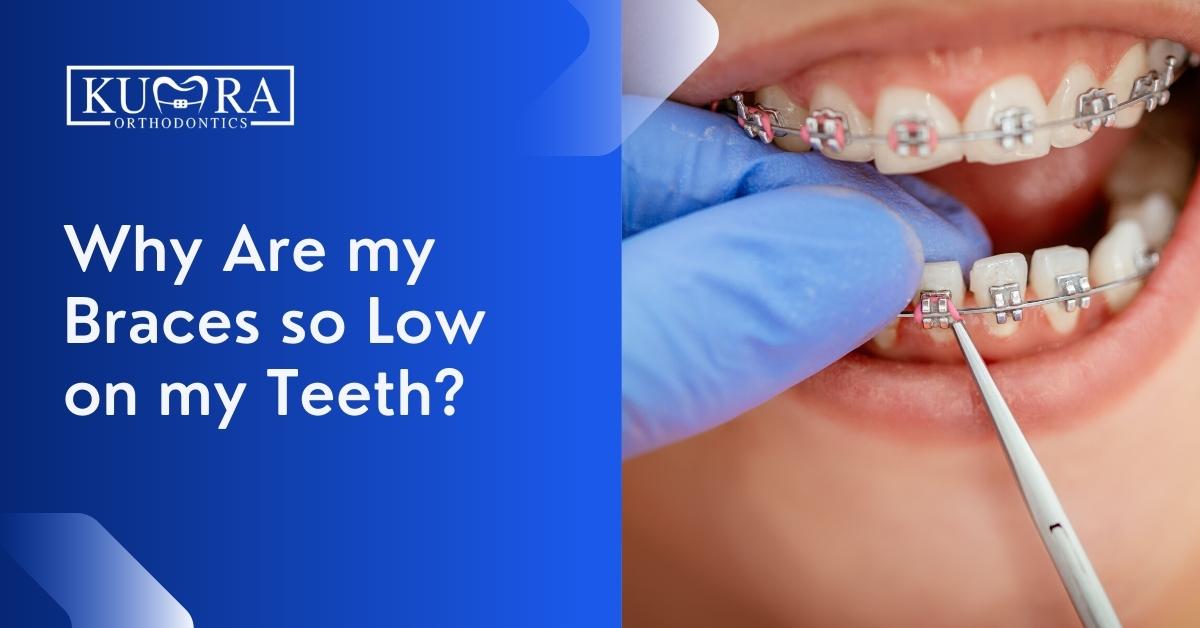How Cumming Orthodontics Addresses Common Braces and Invisalign Problems
Wiki Article
Comprehensive Overview to Orthodontics Procedures for Dealing With Dental Misalignments
Recognizing the intricacies of each procedure, including their systems, advantages, and possible disadvantages, is crucial in making notified choices concerning one's orthodontic therapy. As we browse through the extensive overview to orthodontic treatments for correcting dental misalignments, the complex information of each approach will certainly unfold, dropping light on the path towards a unified and useful oral alignment.Orthodontic Procedures Introduction

Along with typical dental braces and clear aligners, orthodontists may likewise suggest other treatments like headwear, palatal expanders, or retainers to attend to particular alignment concerns (invisalign). These procedures are customized to each patient's unique demands and might involve a combination of therapies to attain the preferred results. Normal modifications and monitoring are crucial parts of orthodontic treatment to make certain development is on track and to make any kind of required alterations along the road. By undergoing orthodontic procedures, patients can not just achieve a straighter grin but likewise improve their total oral health and feature.
Conventional Dental Braces: Exactly How They Work
When thinking about orthodontic treatments for dental imbalances, traditional braces stand out as a reliable technique for fixing teeth placing. Standard braces are composed of braces, cables, and bands that work with each other to apply continuous stress on the teeth, gradually relocating them into the desired positioning.
As pressure is applied to the teeth through the dental braces, the bone bordering the teeth is reshaped to support the brand-new tooth positions. Individuals will certainly need routine changes at the orthodontist's office to make sure the dental braces continue to apply the right stress for effective teeth motion.
Undetectable Aligners: Advantages And Disadvantages
These clear, customized trays are practically unnoticeable when used, making them an attractive option for individuals seeking a more cosmetically pleasing orthodontic treatment. Clients can remove the aligners before consuming or cleaning their teeth, minimizing the danger of food getting stuck in the appliance and simplifying the cleaning process.
Surgical Orthodontic Options
Surgical treatments in orthodontics present viable choices for resolving complex dental imbalances that might not be efficiently settled through traditional orthodontic treatments. While undetectable aligners and typical braces can fix lots of orthodontic concerns, particular cases call for medical intervention to achieve optimal results. Surgical orthodontic choices are commonly recommended for severe malocclusions, significant jaw inconsistencies, and instances where the underlying bone structure needs modification to accomplish appropriate positioning.One typical medical orthodontic treatment is orthognathic surgical procedure, which includes repositioning the jaws to fix functional issues such as difficulty chewing or speaking. This surgical procedure is often performed in cooperation with an orthodontist that assists line up the teeth before and after the procedure. Surgical orthodontics may also entail treatments to subject influenced teeth, eliminate excess periodontal cells, or reshape the jawbone to produce a more harmonious facial profile.
Prior to considering surgical orthodontic alternatives, people undertake a detailed examination to identify the necessity and potential benefits of such interventions. orthodontics. While surgical procedure might seem difficult, it can considerably improve both the feature and appearances of the smile in cases where standard orthodontic treatments fall short
Retainers and Post-Treatment Treatment

Post-treatment treatment involves adhering to the orthodontist's instructions carefully. This may consist of appropriate dental hygiene techniques, attending follow-up consultations, and wearing the retainers as suggested. Failure to adhere to post-treatment treatment directions can cause relapse, where the teeth slowly relocate back towards their initial positions. Constant retainer wear, excellent oral hygiene, and routine oral check-ups are crucial for maintaining the outcomes attained through orthodontic surgical treatment and ensuring the long-lasting security of the dealt with oral positioning.
Conclusion
In final thought, orthodontic treatments supply numerous alternatives for dealing with oral misalignments. Traditional braces use metal brackets and wires to shift teeth into proper positioning. Invisible aligners give a more very discreet option yet may not be appropriate for all instances. Surgical orthodontic choices are offered for more serious imbalances. Retainers are typically used post-treatment to maintain the new alignment. Overall, orthodontic treatments can properly enhance dental health and aesthetic look.As we navigate with the thorough overview to orthodontic procedures for dealing with oral misalignments, the detailed details of each method will certainly unfold, losing light on the path towards a functional and unified dental positioning. - braces
One of the most usual orthodontic treatments is the usage of braces, which are composed of metal brackets and wires that use gentle pressure to gradually move teeth into the preferred position.When thinking about orthodontic treatments for oral misalignments, typical braces stand out as a reliable method for remedying teeth positioning. Furthermore, invisible aligners may not be ideal for complex orthodontic concerns that need even more significant teeth motion, as they are generally suggested for light to moderate situations. Retainers are personalized orthodontic devices created to hold teeth in their corrected positions after the conclusion of orthodontic therapy.
Report this wiki page